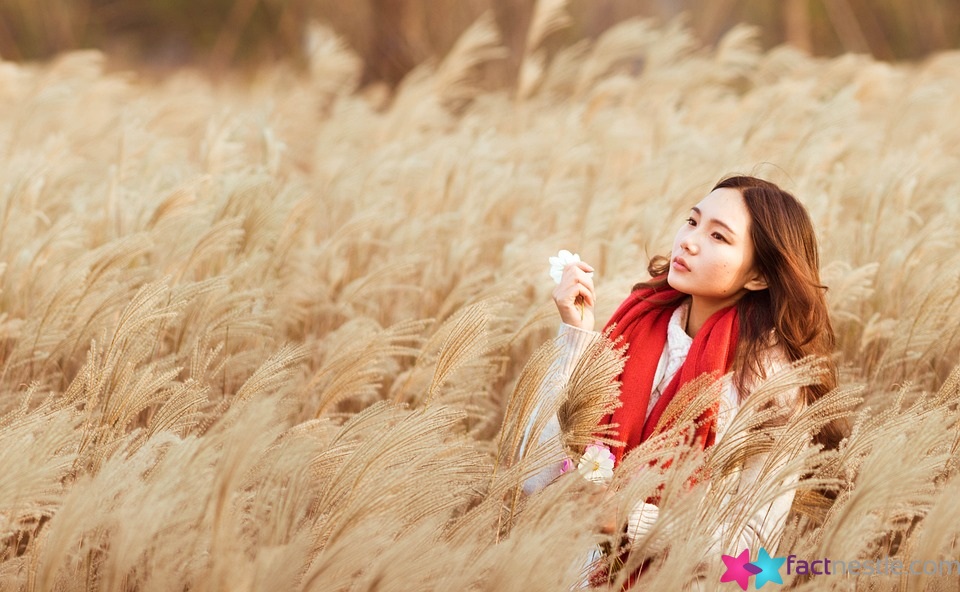The Psychology of Color in Fashion: Implications and Impact
Introduction
Color plays a significant role in the world of fashion, impacting not only the aesthetics of clothing but also the emotions and behaviors of individuals. The psychology of color in fashion is a fascinating subject that delves into how different hues can evoke specific reactions and associations in people. Understanding the implications and impact of color in fashion can help designers, retailers, and consumers make informed choices when it comes to creating and wearing clothing.
Why is color important in fashion?
Color is one of the first elements of a garment that we notice, and it can have a powerful effect on our mood and perception. The use of color in fashion can convey a range of messages and emotions, from bold and confident to soft and delicate. Different colors can also be associated with specific meanings or cultural significance, further influencing how they are perceived in the world of fashion.
Understanding the psychology of color
The psychology of color explores how different hues can impact our thoughts, feelings, and behaviors. For example, warm colors like red, orange, and yellow are often associated with energy, excitement, and passion, while cool colors like blue, green, and purple can evoke feelings of calmness, tranquility, and sophistication. By understanding these psychological associations, fashion designers can use color to create specific moods or messages in their clothing designs.
The implications of color in fashion
The choice of color in fashion can have a range of implications, influencing how a garment is perceived by others and how the wearer feels while wearing it. For example, wearing a bold red dress can make a statement and attract attention, while a neutral beige outfit may convey a sense of professionalism and sophistication. The implications of color extend beyond the individual garment, as color trends can also influence the overall direction of the fashion industry.
The impact of color in fashion
The impact of color in fashion is far-reaching, with the potential to shape trends, influence consumer behavior, and create emotional connections with clothing. Color can also play a role in how we express our personal style and identity through fashion choices. By understanding the impact of color in fashion, designers can create collections that resonate with consumers and stand out in a competitive market.
Conclusion
The psychology of color in fashion is a complex and multifaceted subject that highlights the power of hue in influencing our emotions, behaviors, and perceptions. By exploring the implications and impact of color in fashion, we can gain a deeper understanding of how different hues can shape the way we experience and interact with clothing. Whether we are choosing an outfit for a special occasion or creating a collection as a designer, color plays a crucial role in the world of fashion.
FAQs
1. How does color in fashion influence consumer behavior?
2. What are some common cultural associations with different colors in fashion?
3. Can color trends in fashion change seasonally, and if so, how?
4. How can designers use color psychology to create cohesive collections?
5. What role does personal taste play in choosing colors for clothing?
6. Are there any specific colors that are considered timeless in fashion?
7. How does the marketing of clothing play a role in color choices?
8. Can color in fashion help to convey a brand’s identity or message?
9. Are there any guidelines for mixing and matching colors in outfits?
10. How can individuals use color psychology to boost their confidence through fashion choices?
In conclusion, the psychology of color in fashion is a rich and dynamic field that continues to evolve and shape the way we perceive and interact with clothing. By understanding the implications and impact of color in fashion, we can harness the power of hue to create meaningful and expressive fashion statements.



